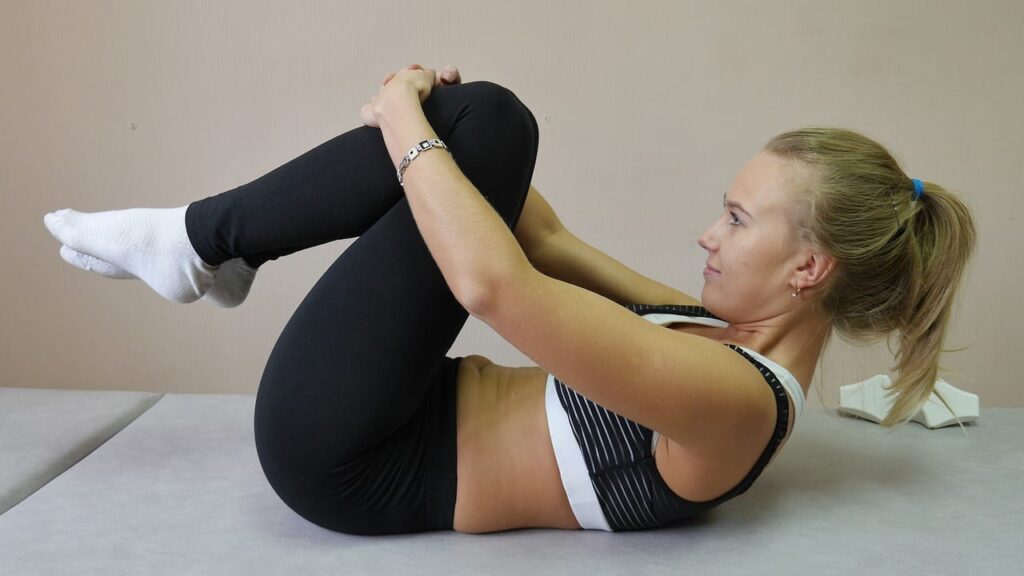Why Home Exercises Are Important To Injury Rehabilitation & Chronic Pain Treatment

When you are injured or suffer from chronic pain, an imbalance or muscle weakness is a part of the problem. When you work with a physical therapist or osteopathic practitioner, they often “test your muscle”. Why do they do that? What is the point? Well, your therapist wants the dysfunctional muscle to fail so that the appropriate part of your brain lights up and recognizes there is a failing muscle. Why is this important? And what do home exercise have to do with muscle failure? Allow me to explain.
The Motor Control Centre In Your Brain
As an osteopathic practitioner, many of my clients are used to me telling them to do their homework. It’s more than just doing what your therapist tells you to do. IT equates to roughly 50% of your recovery. Why is that? Well, it’s about your motor control system. Here is how it works:
Imagine you decide “I want cookies”. That desire is rooted in your limbic system and is the “fill my needs” part of your brain. Your cerebral cortex is the strategist in your brain. It decides which route to take to get the cookies and then the motor control centre is engaged. The motor control centre coordinates the pattern of movement ie. “do it this way”. The message is sent to the spine – the “do it” command. The muscles are where the doing it action occurs.
When I am testing your muscle and it doesn’t work, I am getting the brain to fail, because the brain learns from failure. If we don’t find a reason for the failure, the pattern remains. Testing the muscle lights up the Motor Control Centre and makes it available for learning. We can either do the same old thing (reinforce the failing muscle pattern) or give it something new to learn (create a new neural pattern). Giving you a corrective exercise that pairs the failing muscle with the compensating muscle (in the correct order), makes a greater impact in rehabilitation because we are re-grooving the neuromuscular pattern.
How Many Repetitions?
How many repetitions does it take to create a new neural pattern? There is some debate on the timing and I find it’s quite individual. A minimum of 700 good repetitions upwards to 3000 good repetitions are within the expected range.
What Is a “Good” Repetition?
We do not want to fatigue the muscle. This isn’t strength training. We need to get to the point where we feel the muscle activate but not tire it out. With proper form. And in the proper order.
If you do your homework diligently 3 x day, 15sec or 15 reps (activation portion of your homework) for a minimum of 2-3 weeks, you will reinforce the proper pattern and aid your healing.
I hope this article helped you understand why your therapist does muscle testing and assigns homework.
Chronic Pain Treatment in Victoria BC
I’m Jenna Howe, manual osteopathic practitioner offering osteopathy, concussion treatment and chronic pain treatment in Victoria BC. Browse the site to learn more or contact me to schedule your appointment.
